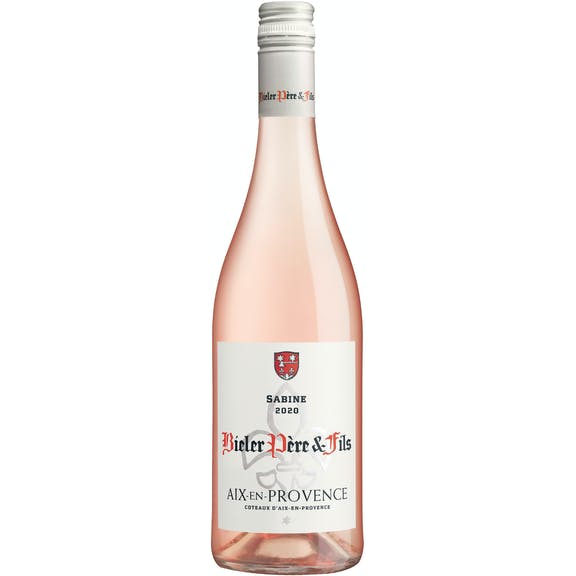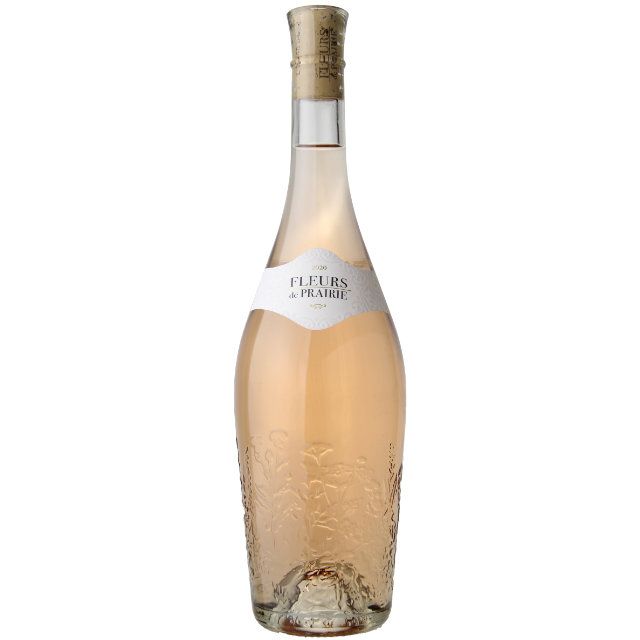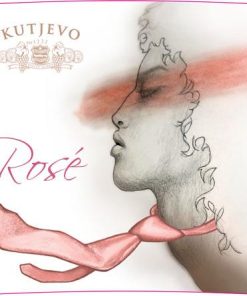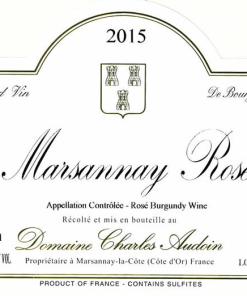2022 Maison Saleya Cotes de Provence Rose
$19.99
89 Wine & Spirits Magazine
Out of stock
2022 Maison Saleya Cotes de Provence Rose
2022 Maison Saleya Cotes de Provence Rose Beautiful light rose-salmon color with aromas of ripe tropical fruit, revealing accents of tangerine and hints of ginger. The palate is broad and rich, with well-spiced flavors of raspberry, currant, and dark cherry. The finish is long and rich. Serve chilled, and enjoy. Enjoy as an aperitif with friends, pair with rustic or summery recipes, barbeque, or even take-out.
Maison Saleya
Maison Saleya is crafted from grapes grown at the foot of Montagne Sainte-Victoire in Provence. This unique terroir features abundant sunshine that is moderated by Provence’s famous Mistral winds. Prime plots supply grapes of good maturity and low yield, and the granitic, schisty soil and proximity to the ocean impart great character to the fruit. The grapes are sorted and destemmed before undergoing cold maceration up to one full day. Fermentation lasts up to seven days at a carefully controlled 62.6°F, which preserves its fruity aromas. As is traditional in the Côtes de Provence, each variety is vinified separately and is then blended for ideal balance and character. Grenache lends subtle red fruit, fullness and intensity while Cinsault contributes freshness and balance to the blend.
Rosé
A rosé (from French, rosé [ʁoze]) is a type of wine that incorporates some of the color from the grape skins, but not enough to qualify it as a red wine. It may be the oldest known type of wine, as it is the most straightforward to make with the skin contact method. The pink color can range from a pale “onion-skin” orange to a vivid near-purple, depending on the grape varieties used and winemaking techniques. Usually, the wine is labelled rosé in French, Portuguese, and English-speaking countries, rosado in Spanish, or rosato in Italian.
There are three major ways to produce rosé wine: skin contact, saignée, and blending. Rosé wines can be made still, semi-sparkling or sparkling and with a wide range of sweetness levels from highly dry Provençal rosé to sweet White Zinfandels and blushes. Rosé wines are made from a wide variety of grapes and can be found all around the globe.
When rosé wine is the primary product, it is produced with the skin contact method. Black-skinned grapes are crushed and the skins are allowed to remain in contact with the juice for a short period, typically two to twenty hours. The grape is then pressed and the skins discarded, rather than left in contact throughout fermentation (as with red wine making). The longer the skins are left in contact with the juice, the more intense the color of the final wine.
When a winemaker desires to impart more tannin and color to red wine, some of the pink juice from the must can be removed at an early stage in what is known as the Saignée (from French bleeding) method. The red wine remaining in the vats is intensified as a result of the bleeding, because the volume of juice in the must is reduced, and the must involve in the maceration becomes more concentrated. The pink juice that is removed can be fermented separately to produce rosé.
The simple mixing of red wine into white wine to impart color is uncommon and is discouraged in most wine growing regions, especially in France, where it is forbidden by law, except for Champagne. Even in Champagne, several high-end producers do not use this method but rather the saignée method.
Related products
Rose Blend
Rose Wine from Burgundy, France
Rose Wine from Provence, France






